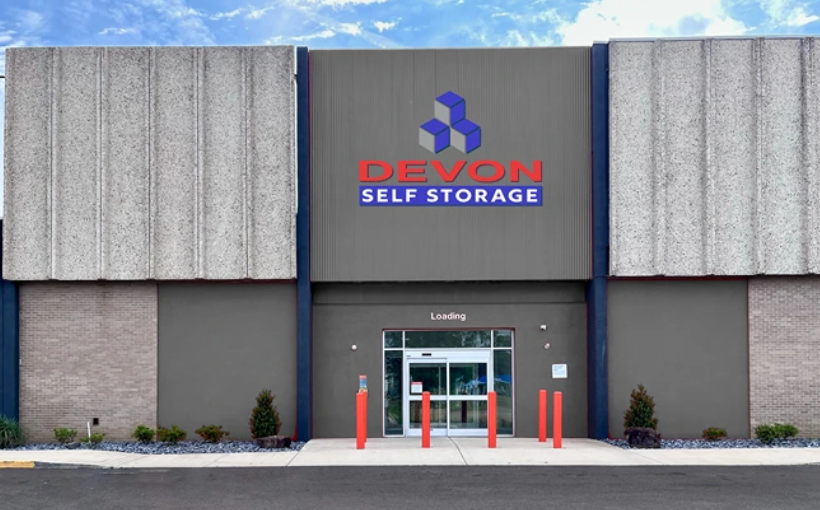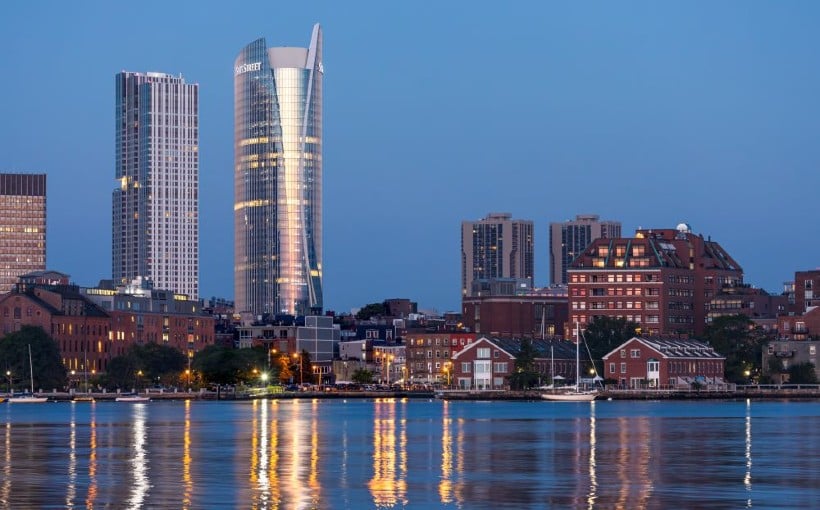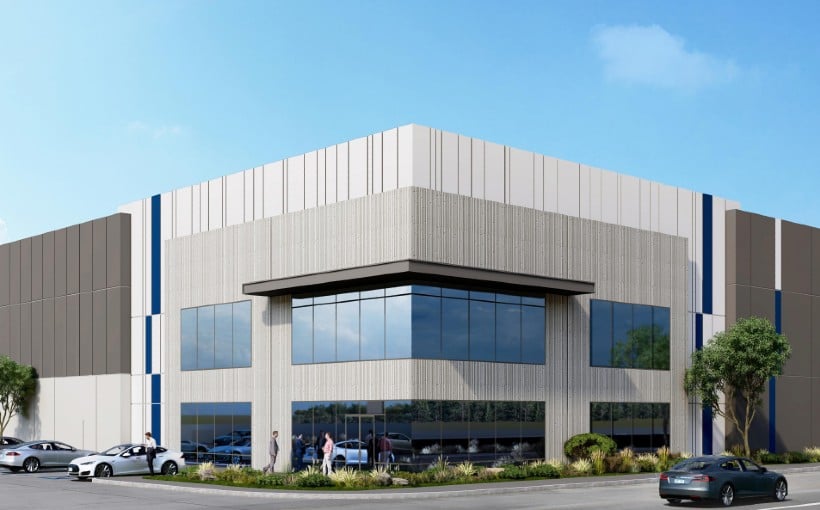Manhattan, once a quaint Dutch village, has transformed into a bustling metropolis with towering buildings and busy streets. This is not unique to Manhattan as many American cities have undergone significant changes in the past 500 years. According to a recent study by CBRE, American cities are much younger compared to other parts of the world and would be unrecognizable to their original builders.
The Current State of U.S Cities
In response to the rise of remote working, U.S cities are experiencing another evolution. The study “Shaping Tomorrow’s Cities” explains that this shift brought on by the pandemic has halted 30 years of urban renaissance as people flee from city centers towards suburban areas.
Public safety concerns have also made workers and visitors hesitant about returning to major mixed-use cities such as Boston, Chicago, Philadelphia San Francisco Seattle and Washington D.C., which were identified by CBRE as “Mixed Majors.”
Different City Archetypes
Aside from Mixed Majors, the study categorizes 19 markets into other archetypes based on economic factors like demographics and development issues:
– Super Cities: Los Angeles & New York
– Sprawling Darlings: Atlanta Dallas Denver Houston Phoenix
– Developing Destinations: Austin Charlotte Miami Nashville Orlando Tampa
Thriving Mixed-use Areas
The study highlights mixed-use developments or districts that offer walkable urban spaces with various amenities such as apartments retail restaurants hotels high-quality office spaces. In analyzing these districts across different markets in America it was found out that office rents tend higher while vacancies were lower than non-prime business districts described mostly offices parks without top-quality buildings or live-work-play amenities.
Key Elements for Urban Evolution
Apart from discussing conversion potentials revitalization keys thriving cites there are six critical elements suggested for successful urban evolution:
1) Economic vitality & adaptability – diversity talent pool industry mix innovation culture civic engagement capital inflows.
2) Demographics – age distribution education skills cost of living diversity.
3) Quality of life – recreational opportunities green spaces overall residential well-being.
4) Infrastructure – social educational and medical facilities transportation systems water & power.
5) Identity – history natural resources culture.
6) Governance- efficient zoning & permitting regulations economic incentives safety cleanliness standards tax structures immigration policies.
Revitalization Efforts
The study also emphasizes that revitalization is not solely the responsibility of the government or private sector. Every constituency has a role to play in revitalizing cities, as stated by John Stephens, CBRE Americas Consulting senior director in a press release announcing the study. Building owners and developers can contribute to placemaking by investing in redeveloping existing properties and creating vibrant areas within cities.
The article was originally published on Connect CRE’s website without mentioning “Connect” or “Connect CRE” or “Connect LA.”




